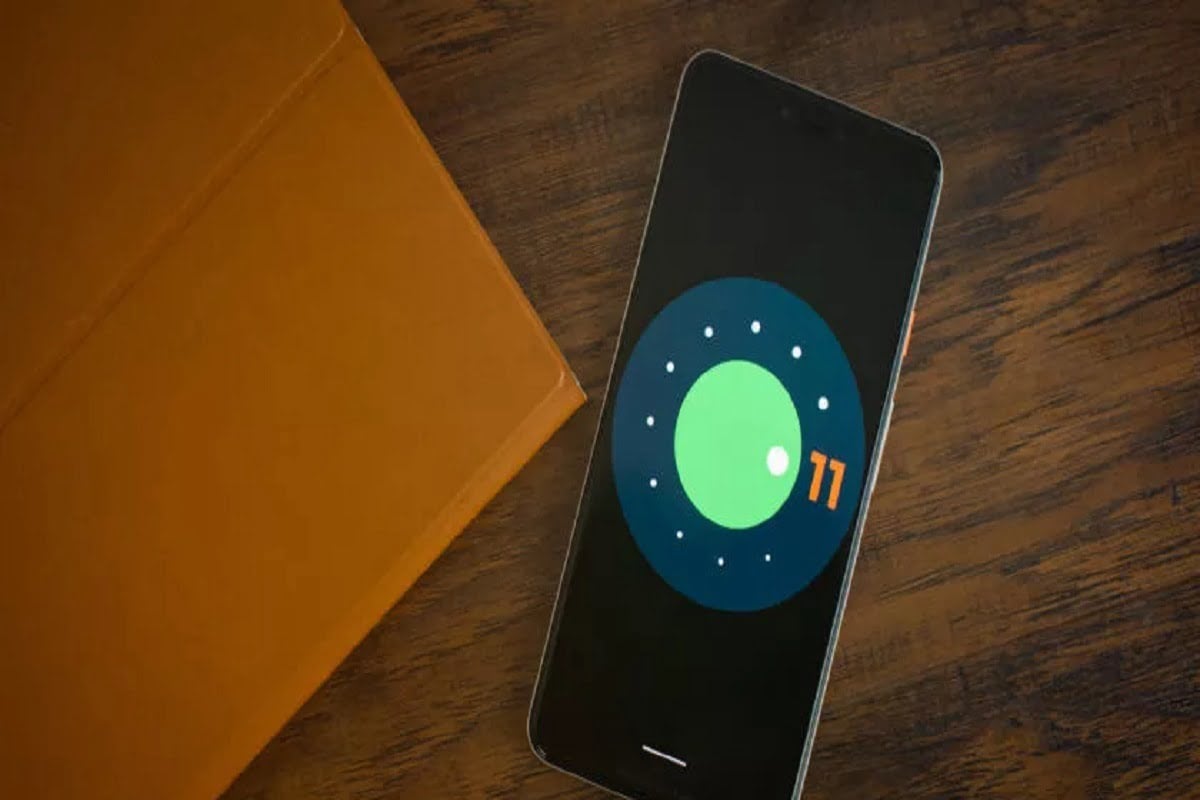The seamless Update System is more important for Android smartphones. The advantage of having this feature is that while the operating system updates are downloaded and installed in the background, you can simultaneously perform important tasks on the smartphone.

Smartphones must have an A/B partition system for Seamless Update. This can be called a dual partition system. Just like the hard disk of our computer has multiple partitions, the smartphone also has partitions in the storage for convenience of work.
Boot, System, Recovery, Cache, and Data; For these five types of data, separate partitions are made in the smartphone storage. Generally, smartphones are provided with A partition system. It can also be called a single partition system. But a dual partition system is required for a seamless update system.
The problem with single partition systems is that they won’t support seamless updates. As a result, when an operating system update arrives, the mobile will take a restart to install it.
If there is a problem while installing the boot option, then you can’t go back to the operating system. All data on the handset will be deleted. There will be no option but to go to the customer center to repair the mobile.
But in a seamless update system, you don’t have to face any such problem. If the operating system is not updated, you can easily use the previous version.
Google first came up with the idea of a seamless update feature. It was first implemented in the Google Pixel smartphone. Since then, this feature has become quite popular. All the latest Android handsets are now trying to provide this facility.
